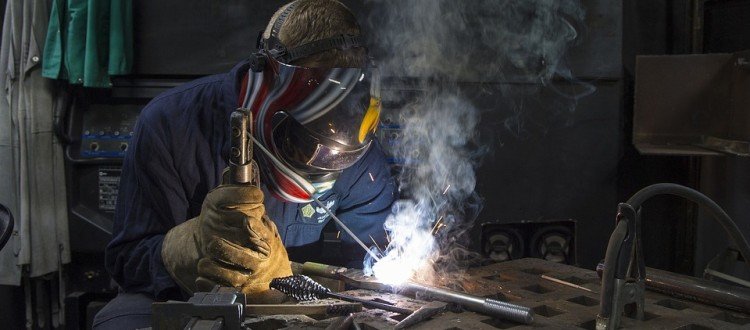NYC Construction Accident Attorney Discusses Common Welding & Burn Injuries Suffered on Construction Sites

Highly trained and experienced welders can suffer serious burn injuries while working on construction sites when sparks and spatter (hot metal) start flying explains a NYC construction accident attorney. Supervisors must regularly remind welders to always wear personal protective equipment (PPE) and keep an electrical fire extinguisher (Class C) nearby. Additional efforts must be made to minimize the chances of any electrical shocks occurring when welders must work near electricity.
Here’s a look at the type of work welders and similar laborers do on a regular basis, along with safety tips that can help them avoid burn injuries.
Common Tasks Assigned to Welders, Solderers, Cutters, and Brazers
Like cutters, solderers, and brazers – welders must skillfully handle either hand-held equipment or remote-control devices while cutting or joining metal parts. This work often involves filling in various types of indentations, seams and holes in metal products. When laboring on construction sites, these employees face such added challenges as: working indoors in small, confined areas with poor ventilation – or outside on scaffolding and when weather conditions may be threatening.
While working with certain types of welding rods, workers must remember that toxic chemicals are often being released that could one day cause them to develop serious medical conditions. Each of these workers must also guard against welder’s flash – this occurs when a highly intense ultraviolet light is produced from an arc ray. Exposed skin can develop a radiation burn when exposed to such light and workers who aren’t wearing proper eye protection can suffer flash burns sometimes referenced as Arc Eye.
Safety gear should usually include auto-darkening helmets since they can greatly help protect welders’ eyes. The newest versions of these helmets allow the same one to be used for cutting, welding, and grinding.
The following safety tips can help welders and others handling similar tasks minimize the dangers they face in their daily work.
General Guidelines for Safely Handling a Variety of Welding & Other Similar Tasks
- Invest in a welding jacket, lightweight denim slacks (without cuffs) and a leather apron. New versions of these items are lightweight and minimize the added hazards of clothing pockets that can easily hide a wayward spark before it suddenly starts a fire. All clothing must be flame-resistant;
- Purchase industrial-grade helmets, specialty gloves, and leather shoes. In addition to the best auto-darkening helmet you can afford, always have at least two pairs of specialty gloves available. There are many types that can increase your dexterity and some offer curved fingers that have been ergonomically designed to make welding tasks easier. Of course, it’s best to never use gloves when picking up recently welded material – since pliers offer greater burn protection.
Make sure the helmet you choose offers an excellent filter shade to protect your face and eyes. Keep in mind that OSHA (the Occupational Safety & Health Administration) has a guide that can help you choose the best lens shade based on the items being welded. Before purchasing a helmet, see if your employer will split the cost with you. Finally, always wear leather shoes;
- Only work in areas cleared of all excess clutter. The less material in the welding area, the less chance that unnecessary materials will catch on fire or cause you to trip while handling your welding duties. Always keep all equipment not currently in use on a shelf. Give serious thought to using a fixed-height table with a “scissors mechanism” that helps hold part of the welding material at the best height for you;
- Makes sure there’s adequate air ventilation around you. An exhaust hood should be used and clean air must be circulated in your work space. Always check in advance to see if a specific assignment requires you to wear an appropriate respirator. Be prepared to postpone a task, when necessary, until you can obtain the right one.
If you’ve suffered a serious construction site burn injury while welding or handling another dangerous task, be sure to contact your New York construction accident attorney. We’ll investigate the facts of your case to see if your employer has negligently failed to provide you with a safe workplace environment. When that has occurred, we can file a civil lawsuit seeking damages on your behalf, separate and apart from your workers compensation claim.



